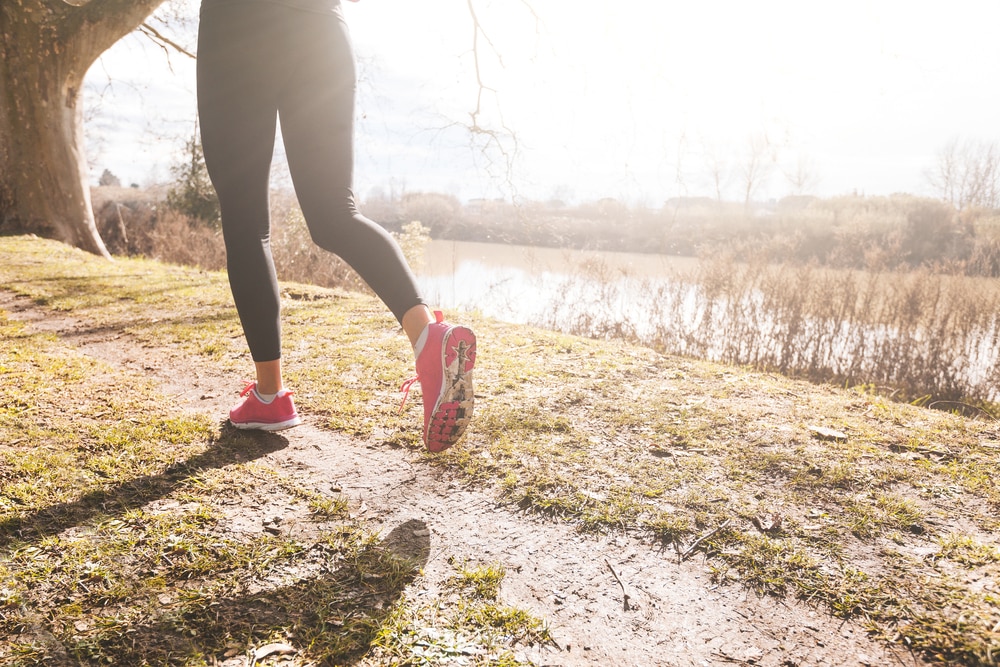
Let’s face it — aging is not for sissies. Aging affects every cell in our body, and our muscles are particularly vulnerable to it. Older muscles lose their ability to regenerate as we age, and our mitochondria (“powerhouses” within body cells that break down nutrients to be used for energy) become fewer in number and weaker. I just read a very interesting study from March, 2017 in the journal Cell Metabolism. This study suggests that certain exercises we do may reverse some of what aging does to our mitochondria. Of all the methods of exercise they tested, only high-intensity interval training (HIIT) appeared to slow down aging on a cellular level. But the real surprise was that the older the subject was, the better the HIIT training worked!
In this study, researchers at the Mayo Clinic in Rochester, Minnesota studied 36 men and 36 women from two age groups, “younger” (18-30 years old) and “older” (65-80 years old) and randomly assigned them into three different exercise programs for a 12-week period. The researchers did preliminary measurements at baseline: their aerobic fitness level, their blood sugar levels, and the gene activity and mitochondrial health in their muscle cells. The three exercise groups consisted of the following:
- Vigorous weight training several times a week
- Brief interval training three times a week on stationary bicycles( pedaling hard for four minutes followed by three minutes of rest and then repeating that pattern three more times)
- Riding stationary bicycles at a moderate pace for 30 minutes a few times a week coupled with lifting weights lightly on the other days
The researchers repeated all the lab tests after 3 months. What they found was that everyone in the three groups experienced improvements in overall fitness and better blood sugar control. It is not surprising that those people who exercised only with weights had greater gains in muscle mass and strength. Those individuals who were assigned to interval training had the most significant improvement in endurance.
However, what I found so interesting about this study comes next. Part of this study involved the researchers performing muscle biopsies on the participants. This is where the pearl of this study lies.
- Among the subjects 30 years and younger who did interval training on the bikes, the activity levels in 274 genes changed for the better, compared with 170 genes for those who exercised moderately for 30 minutes and 74 genes for those who did only weight lifting.
- Among the subjects 64 years and older who did interval training, almost 400 genes had improved activity levels, compared with 33 for the weight lifters, and only 19 for the moderate exercisers.
You see, when the gene activity increases, this improves the ability of mitochondria to produce energy in muscle cells/promotes muscle growth, and the subjects who did interval training in their workouts showed increases in the number and health of the mitochondria. And the impact was most noticeable among the older cyclists. The younger volunteers in the interval training group saw a 49% increase in mitochondrial capacity, and the older volunteers saw an even more dramatic 69% increase. Dr. K. Sreekumaran Nair M.D., Ph.D, a professor of Medicine and Endocrinology at the Mayo Clinic, is the lead author and researcher in this study. For three decades, Dr. Nair has focused on the role of energy metabolism and the importance of gene activity in diabetes and aging. Dr. Nair states that the age-related decline in the cellular health of muscles was “corrected” with exercise, more so if the exercise was intense. Ironically, older people’s cells reacted more noticeably to intense exercise than the cells of the younger people.
Dr. Nair says, “If people have to pick one exercise, I would recommend high-intensity interval training (HIIT), but I think it would be more beneficial if they could do 3-4 days of interval training and then a couple days of strength training.” But, he stressed, the findings do not mean older adults should jump into a vigorous exercise regimen. “If you’re sedentary, you should talk to your doctor before you start exercising,” said Nair. He says HIIT is the best method we know of for delaying the aging process, and there’s no substitute for these exercise programs. “These things we are seeing cannot be done by any medicine.”
If you would like help developing your personalized HIIT training program, schedule an appointment with our Certified Personal Trainer/Registered Dietitian today.
To Your Health,
Dr. Couri
